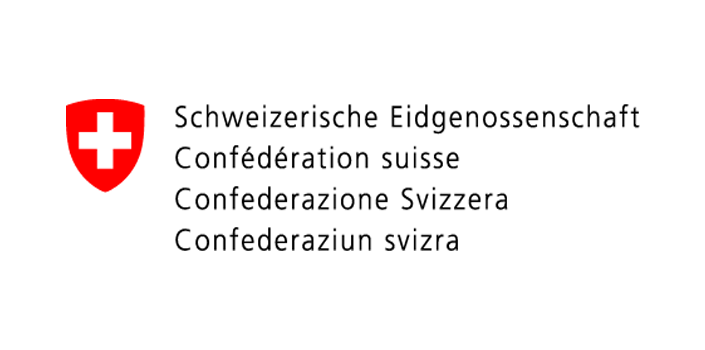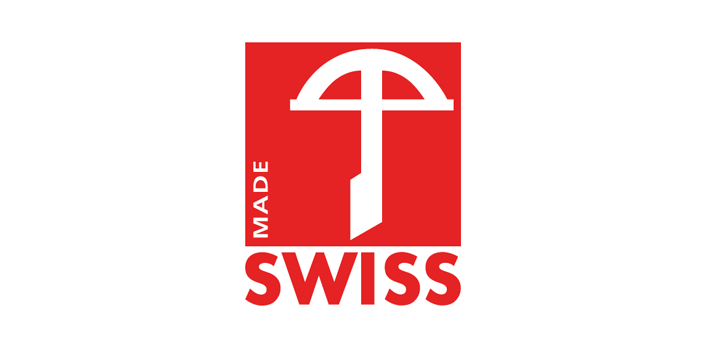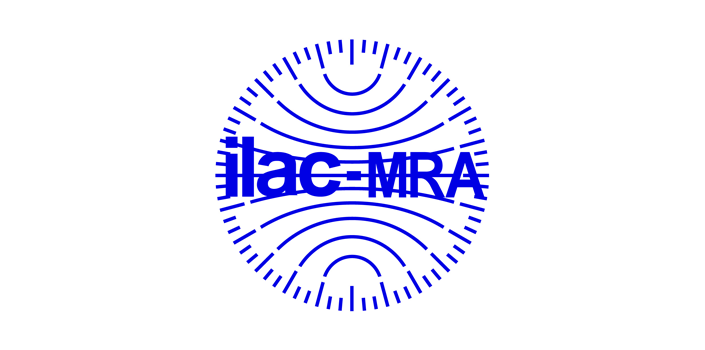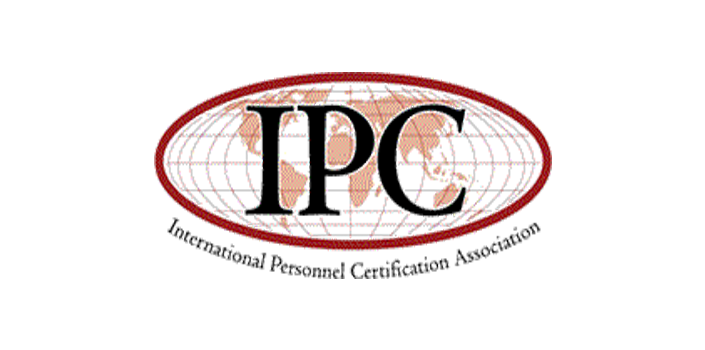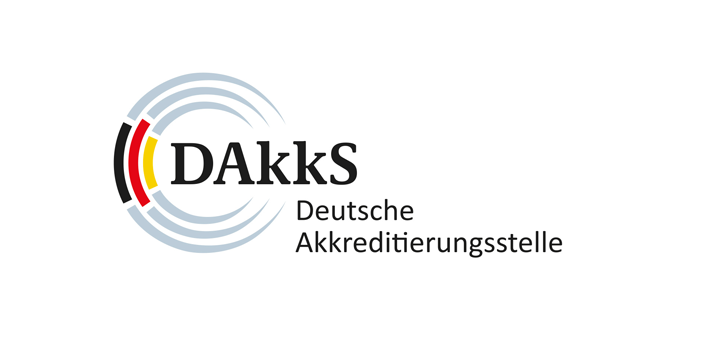ISO 9001 – Quality Management System
The ISO 9000 family of quality management systems standards is designed to help organizations ensure that they meet the needs of customers and other stakeholders, while meeting statutory and regulatory requirements related.
ISO 9000 deals with the fundamentals of quality management systems, including the eight management principles upon which the family of standards is based.
ISO 9000 family, as well as all related QMS’s, focuses on a continual improvement process to achieve the objectives related to the overall performance of an organization such as service delivery, production lines, administration, etc.
The Organization process of a Company which applies ISO 90001 as well as all related QMS’s principles and requirements, follows a plan – do – check – act approach (Plan-Do-Check-Act, PDCA):

The 4 phases of the PDCA circle
- Plan: The overall responsibility for the applied management system must be assigned to the top management. A quality officer and a quality team should be appointed. Furthermore, the organization has to formulate the quality policy in a written statement which describes the intentions and direction of the Management policies as well as its Commitment to Quality. The Quality Policy must be communicated within the organization. The quality team is the connection between the management and employees. In this phase, the organization has to identify the significant processes and prioritize the opportunities for the enhancement of customers’ satisfaction and for the continuous improvement of its operations’ performance.
- Do: The stated objectives and processes are now introduced and implemented. Resources are made available and responsibilities determined. Make sure that employees and other participants are aware of and capable of carrying out their quality management responsibilities. The realization of the quality management system begins.
- Check: A quality management system requires a process for compliance and valuation of legal-related regulations. Internal audits can help to verify that the management system operates properly and generates the planned results. The processes are monitored with regards to legal, products’ and services’ specifications or other requirements (customer requirements, internal policies) as well as to the objectives of the quality management of the organization. The results are documented and reported to the top management.
- Act: Top management prepares a written evaluation summary based on the internal audit reports. This document is called management review. The results will be evaluated on their performance level. If necessary, corrective or preventive actions can be initiated. Operations-related processes are optimized and new strategic goals are derived and being set.
Con Cert Quality Management GmbH guarantees an accredited certification, giving to Organizations the suitable passport for International market, ensuring with accuracy and independency the principles and rules established by the standard ISO 9001:2008 / 2015 version.






